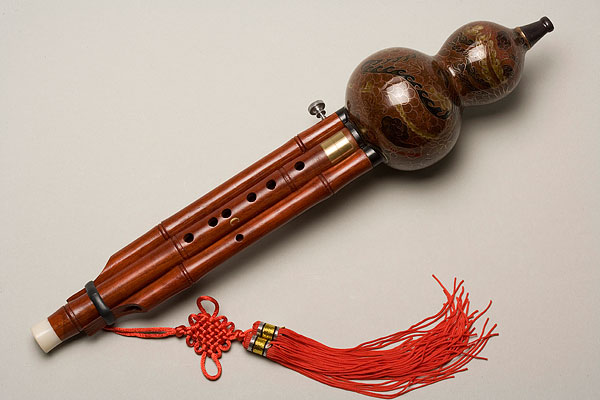Analysis of skills and practice strateThe way of Hulusi Playing: How to practice a piece of music systematically and effectivelyies of seamless switching between bass zone 3 and 5 when Hulusi drum sounds are 5
Learning and mastering a piece of fenugreek music requires not only solid basic skills, but also reasonable methods and continuous efforts. The following is a systematic and comprehensive guide to help you effectively improve your fenugreek playing skills and successfully practice a piece of music.

1. Choose the right music: First of all, choose the right music according to your own technical level. Beginners can start with simple traditional songs, such as "Anchovies in the Moonlight", etc., and gradually challenge more difficult works as their skills progress.
2. Understand the music: deeply understand the background, emotional tone and structure of the music, analyze the melody trend, rhythm change and harmonic configuration of the music, so as to accurately convey the internal emotion of the music during performance.
3. Break down practice: break down the whole music into several parts, such as the theme melody, transition paragraphs, climax, etc., and practice slowly one by one to ensure that each note and each rhythm can be accurate.
4. Scale and fingering practice: For the difficult parts of the music, such as rapid scale running, complex fingering changes, separate out for special practice until fully skilled.
5. Breath and intonation control: The performance of fenuzi is inseparable from the fine regulation of breath, to ensure that each melody is accompanied by just the right breath support, while strictly grasp the intonation, can be assisted by electronic tuner training.
6. Rhythm training: Practice repeatedly according to the original rhythm of the music, and cooperate with the metronome if necessary to cultivate a stable sense of rhythm.
7. Integration exercise: After mastering all parts, begin to practice the whole piece coherently, paying attention to the connection between the phrases and the ups and downs of emotions.
8. Repeated listening and correction: Through the playback of the recording, repeatedly listen to your own performance against the original song, find out the gaps and shortcomings, and correct them accordingly.
9. Emotional injection: After reaching a certain level of technology, we strive to integrate our emotions into the music, and strive to achieve the realm of the integration of heart and hand and the integration of emotional songs.
10. Stage simulation and practical performance: In private practice, I simulated real stage scenes to play, improve my psychological quality, and actively participated in various performance activities to continuously improve my performance level through practice.
To sum up, practicing a piece of hulusi music is a gradual process, which requires patience and meticulous dismantling and refining every detail, while paying attention to emotional investment and practical testing. Only in this way can a piece of music really be practiced to the point of perfection.
 渝公网安备 50010702504639号
渝公网安备 50010702504639号